One Main Subject Can Make Your Photos More Interesting
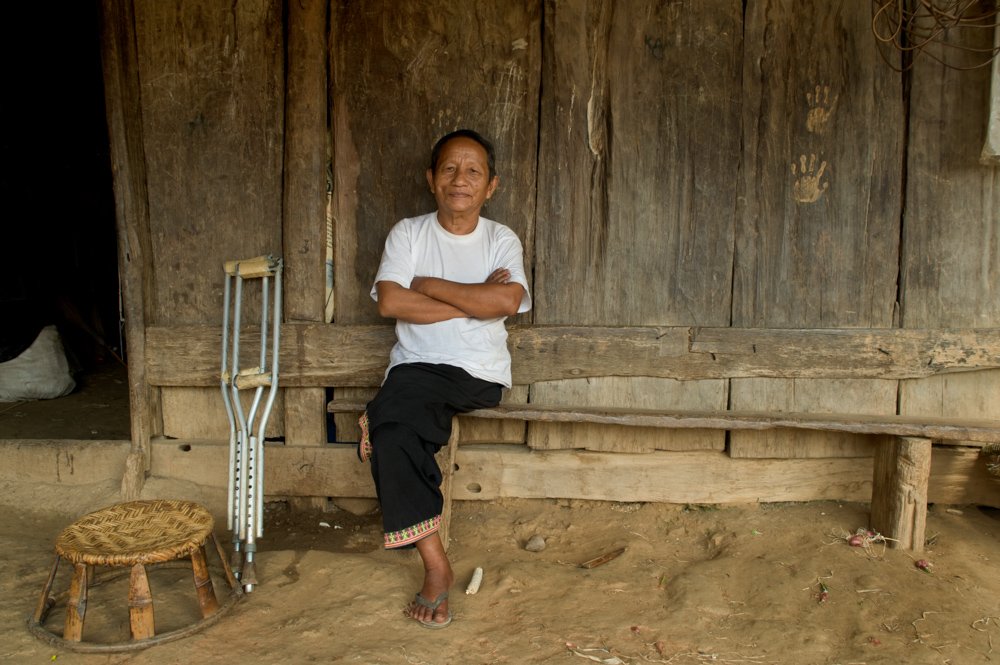
by
Kevin Landwer-Johan
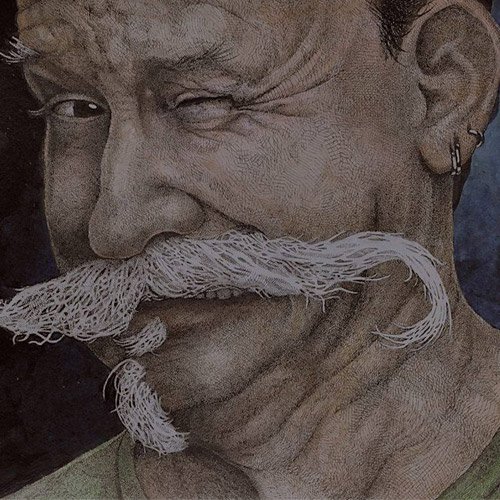
How do I take more interesting photos? This question is often on the mind of keen photographers.
In this article I’ll teach you one key line of thought I follow when I am taking photos.
Beginners often fail to emphasize the importance of their subject in photography. Having one main subject can make your photos more interesting. Using the most basic photography techniques you can isolate your subject from the background.
Rules of composition in photography are often about drawing the viewers attention to one main subject. If the image structure is not good, people will not look at a photograph for long. Learning to make use of these basic photography techniques makes your photos more interesting.

The Importance of Subject in Photography
Without a clear subject, a photograph becomes uninteresting. Composing your images to emphasize your subject makes your photos more interesting.
Every aspect of creative composition has to do with framing the subject of the image well. Drawing the viewer’s attention to it. This is why we have rules of composition in photography. Without following the rules, or breaking them badly, structure in photography falls apart.
Photos are hard to look at and confusing if the main subject is lost. Choosing your subject is the first step a photographer makes in taking a new photo. How the subject is treated is the result of the choices which follow. But you have to know what your subject is to proceed.
One subject in a photo does not mean it has to be one person, animal or object. It can be two or more people, a flock of sheep or a group of objects. So long as it’s clear to the viewer what your main subject is.
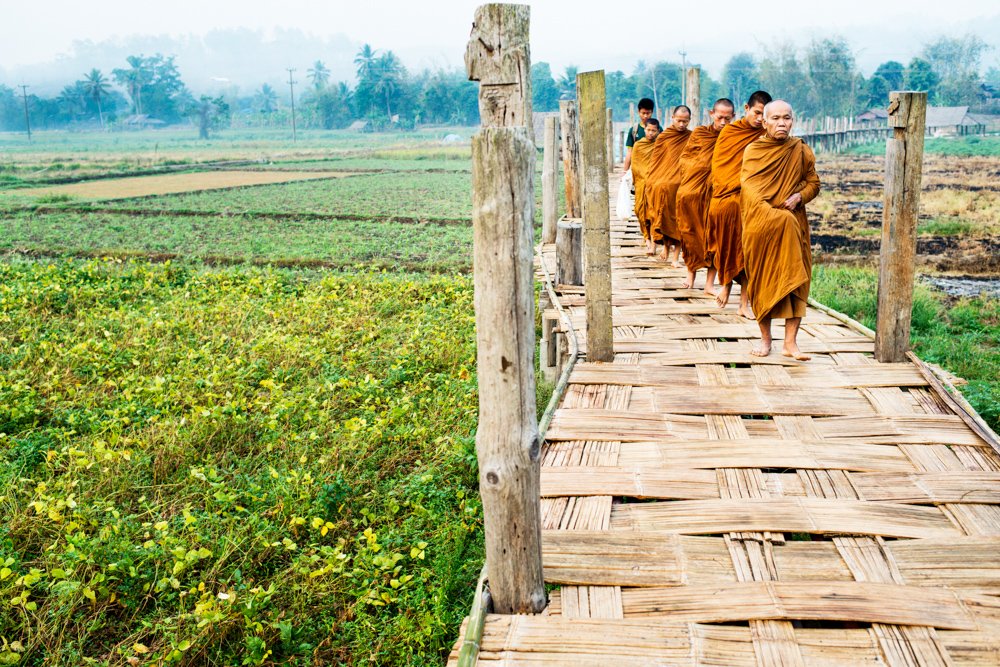
Perspective in Photography
Where you position yourself to take a photograph will determine the background and how your subject will look in two dimensions. Your choice of lens focal length will affect this also.
The background in photography should not take over attention from the main subject. It’s best if the background supports the subject or becomes indiscernible so the subject stands out.
Wide-angle lenses will show more of a background than telephoto lenses do. Managing your lens choice has a big influence on how your main subject integrates or isolates from the background of your photograph.
Isolating your main subject often helps to make your photographs more interesting. There are a number of ways of doing this.
Basic Photography Techniques for Isolating Your Subject
There are two basic photography techniques I like to use to isolate my subject:
- Shallow Depth of Field
- Subject – Background Contrast

1. Shallow Depth of Field
Using a shallow depth of field (DOF) is one of the most popular and effective means of isolating your subject. I will often make your photos more interesting.
Separating your subject from the background by blurring the background makes it stand out. Any distractions behind what you focus on disappear. Your subject stands alone and is the center of attention.
One exception of this DOF technique is bright lights in the background. No matter how much you blur them they can still be distracting and are best avoided using other methods. I will usually change my perspective so bright lights are cropped out or hidden behind another element in my composition.
Wide aperture lenses are often associated with shallow DOF. Having a widest aperture setting of f/1.4 on a prime lens or f/2.8 on a zoom enables the creation of appealing bokeh. This is the Japanese term photographers love to use to describe the look of the out of focus areas in a photo.
Bokeh is more difficult to make with a kit lens or other lens the aperture is f/4 or higher. The wider the aperture and the longer the lens, the more capable it is of producing a shallow DOF. This is one of the main reasons photographers like to upgrade from their kit lens.
A Popular Lens for Shallow DOF
The most popular lens to use for new photographers, after their kit lens, is the 50mm prime. This lens can have a widest aperture of f/1.8 or f/1.4. The price difference is about the most significant variation between them. An f/1.8 lens is much cheaper and will achieve similar results.

Using a wide aperture setting is not the only factor in achieving a pleasing bokeh and isolating your main subject. The longer the lens you use, the more noticeable the shallow DOF will appear. The same scene photographed at f/1.4 with a 35mm lens the background will appear different than when photographed with an 85mm lens at f/1.4. With the 85 mm the bokeh will be much softer.
Distance from your subject is another factor influencing how isolated it will appear. How far your camera is from what you’re focusing on and how far away the background is both affect the look of a photograph.
The closer you are to your subject the more blurred the background will be. The further your subject is from the background the more blurred it will be.
Mastering the art of isolating your subject using a shallow DOF takes time and practice. At times you will want nothing discernible behind your main subject. Other times maximizing bokeh will mean you provide no context for your content. Learn to control the amount of blur to make your compositions most impactful.
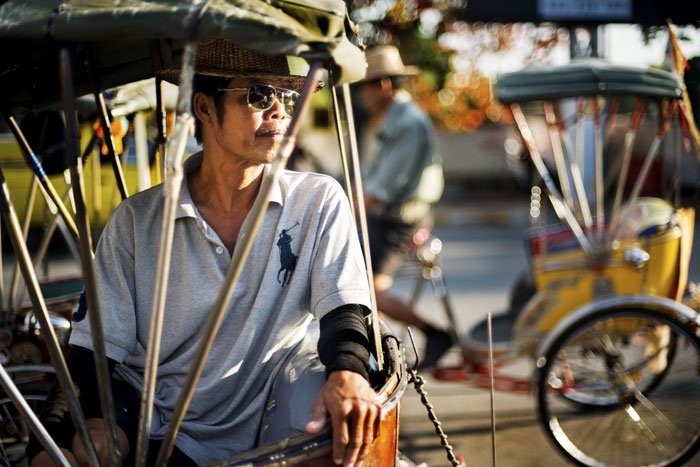
2. Subject – Background Contrast
Compose your photograph so your subject is significantly brighter or darker than the background. It will stand out and make you photo more interesting. This is called figure to ground photography. Your subject is immediately obvious when someone views the photo.
Figure to ground can be achieved when you have a light toned subject against a dark-toned background. When the light is flat tonal variation is necessary. When the light is stronger and positioned well, the tone of your subject and background is not so significant.
You want contrast between the light falling on your subject and lighting on the background. This will create the most appealing figure to ground photographs. I love using this technique.
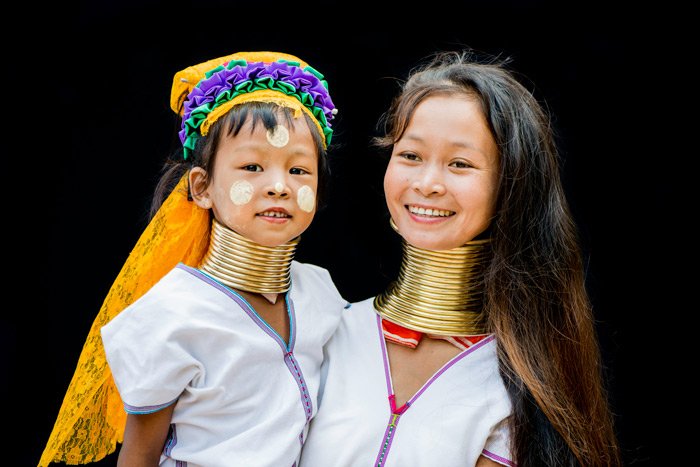
I use this technique to make my outdoor studio portraits. By positioning the backdrop so the sun is behind it I am able to keep it in the shade. Because it’s black, there’s very little light reflected. My subject stands about one meter in front of the background. Reflected light bouncing off the ground and a reflector in front illuminates them. Contrast between the light value of my subject and the background is enough. Almost all detail in the background disappears because of the difference in light value.
Figure to ground happens naturally too, not only in controlled situations like my outdoor studio. Look for where you can compose with a background all in the shade and where there’s more light on your subject. Find places you can let your subject go dark and the background is light. The most extreme example of this is a silhouette.
Using Contrast for Isolation
Isolation happens when there’s enough contrast between subject and background. Mostly because of the different light values. When you set your exposure for your subject and it’s two or more stops different than the background, this is enough to make a figure to ground photograph. The greater number of stops different, the more impact the effect has.
When there’s not much difference in the light on the subject and the background it will be harder to see. You may also have to do more post-processing to enhance the contrast and make your subject stand out.
Learn to see the situations where figure to ground will happen. Remember that our eyes see more tonal range than most cameras do. Think about the light on your subject and the shaded background. How you can set your exposure to best exploit the contrast?
Manipulating a figure to ground photograph during post-processing can enhance the effect. This will also mean your photos are more interesting to people.
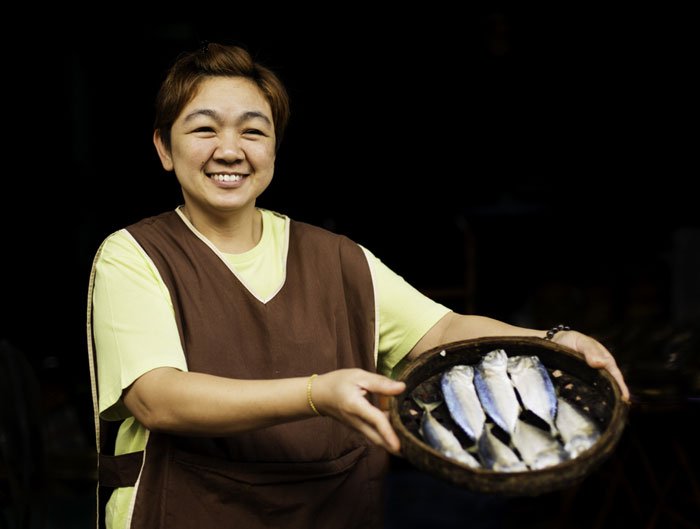
Rules of Composition for More Interesting Photos
Basic photography techniques using the rules of composition allows you to isolate your main subject.
The rule of thirds, symmetry, leading lines and other compositional techniques are best used to enhance your subject. Using any rule when it’s not relevant will not help.
Many teachers encourage you to learn the rules, then break them. Learning the rules of composition so well you can apply them intuitively makes for more impactful photographs.
It’s one thing to know the rules, it’s another thing to know when and how to apply them. This must be learned by doing. Each photograph you make is different so there’s no set of instructions to tell you what rules to apply.
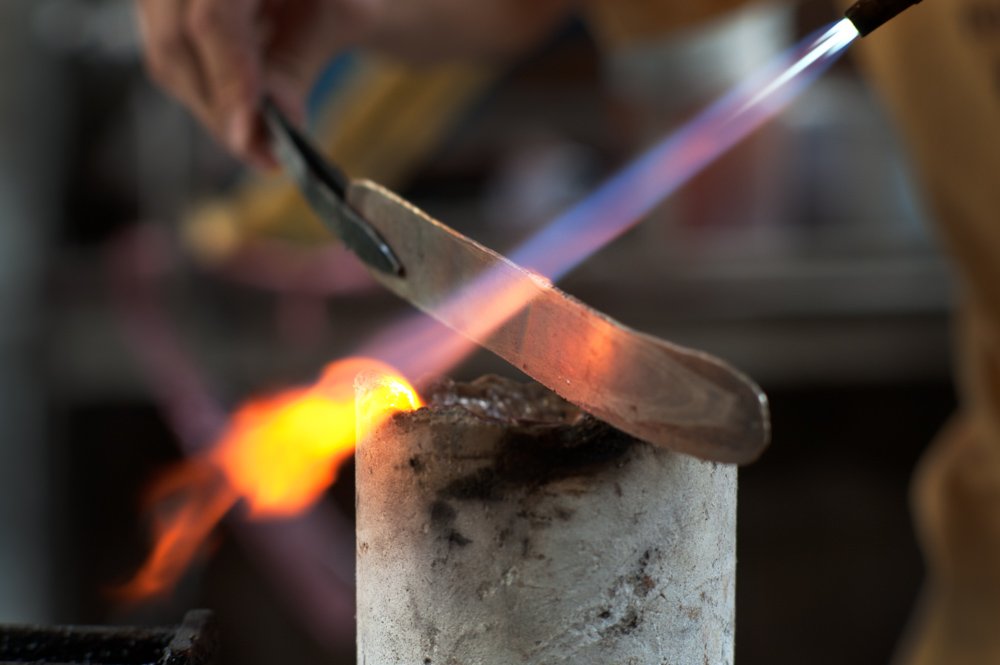
Some photographers will feel this more than others. For a long time I struggled to teach composition. It’s something that comes quite naturally to me, as playing a musical instrument, drawing or dancing comes more naturally to other people.
Apply the Rules Well for More Interesting Photos
We all have creative giftings. This is why some people find they are more creative in some ways than others are. I love guitar music. I listen to many different styles. Being able to play the guitar would be awesome, but it’s a real chore for me. I’ve tried to learn this instrument many times and keep giving up because I find it so difficult. Yet I know people who have found learning to play guitar easy.
The rules of composition can be learned by anyone. Just as anyone can learn to play scales on a musical instrument. They are the building blocks of art.
If you only learn the rules and never how to apply them with intuition and feeling, your compositions will be dull. Just as music played too technically is.
You can’t run before you can walk. Walking before you can crawl is not normal. You must learn the basics of composition before you can creatively apply them. Once you know them well you will begin to understand when to apply them most appropriately. This is when the magic happens and your main subject will outstanding in your photographs.

Considering Your Main Subject in Photography
Your subject is usually the first aspect you consider when you want to take a photograph. Choosing what you are going to photograph precedes how you will treat it. The choices you make about lighting, composition, and timing are all subsequent to your subject choice.
Building your image relies much on your subject. Knowing how you want to portray your subject will dictate the feeling your photograph has.
Lighting can make the subject of a photograph soft and warm or harsh and dramatic. Composition choices can maximize or minimize any element in your frame. Timing also has a significant impact on the feeling you can invoke in a photo.
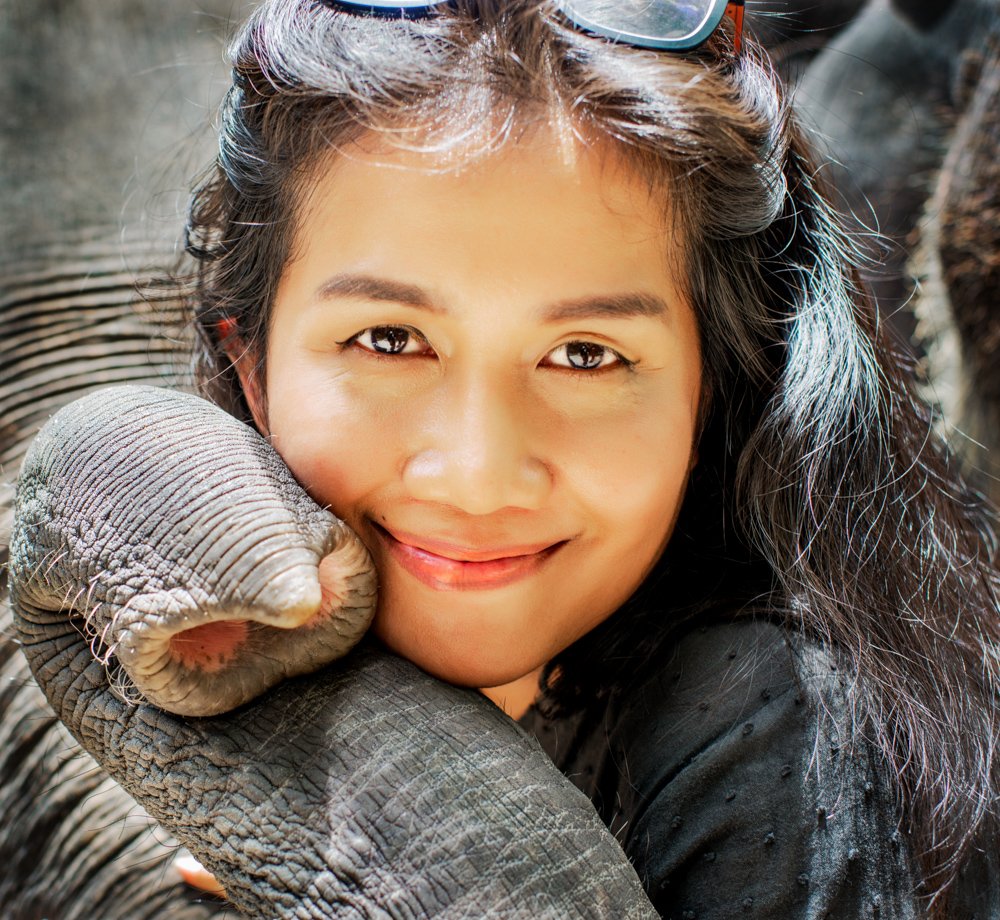
Work Hard to Make More Interesting Photos
Deciding what you will do with what you photograph is the art of making good pictures. Two people can photograph the same subject at the same time and create very different pictures. Each of us has a unique world view and it’s the way we express this that makes our photographs our own.
Developing an individual style takes time. It involves taking lots and lots of photographs before style begins to emerge. As your style does mature your photos will be more interesting.
Having a good understanding of photographic techniques is essential, but not exclusive. How you treat the main subject of your photographs technically and creatively results in style.
Use the same methods to render your main subject isolated over and over. This will evolve into your own recognizable personal photography style.
You may find you love to use prime lenses with wide apertures to create beautiful bokeh which enhances your subjects.
Working more with contrast and light may become your thing. Separating your subject using the figure to ground technique often you’ll build your style.
Managing the rules of composition intuitively will add depth to these two techniques. Strong composition along with wonderful bokeh and/or creative use of contrast makes for more interesting photos.
Further Reading
If you’ve enjoyed reading this post you will also enjoy “A Fresh Look at Learning Photographic Composition” and “How Self Assignments Will Make You A Better Photographer.”
